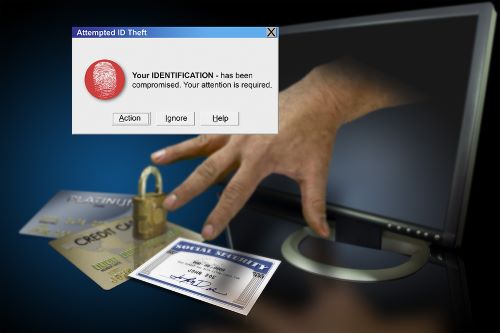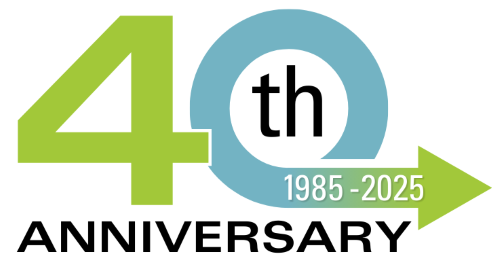Stay Vigilant: It’s Identity Theft Awareness Month
Identity theft is one of the fastest-growing crimes in the world, and its impact can be devastating. L.A. Times editor Jessica Roy shared her harrowing experience of identity theft after her wallet was stolen. Despite using unique passwords and two-factor authentication, thieves exploited her driver’s license to hijack her identity. Unfortunately, cases like hers are not isolated. Millions of individuals face similar threats annually, while authorities struggle to mitigate and solve these crimes.
Identity Theft Awareness Month reminds us to remain vigilant and take proactive measures to protect ourselves. By staying informed and adopting preventative practices, we can minimize the risk of falling victim to identity theft.
What is Identity Theft?
Identity theft occurs when someone wrongfully uses another person’s personal information—like Social Security numbers, bank details, or credit card information—for fraudulent purposes. The consequences can include financial losses, emotional distress, and significant damage to reputations.
How Does Identity Theft Happen?
1. Phishing
Scammers trick victims into sharing sensitive details through fake emails or websites impersonating trusted organizations.
- Quick Fact: Google blocks about 100 million phishing emails daily, yet nearly 324,000 users fell victim in 2021. Commonly imitated brands include LinkedIn, Microsoft, and Google.
2. Data Breaches
Hackers infiltrate databases to steal sensitive information, impacting thousands or even millions of individuals at a time.
- Recent Example: A healthcare provider reported a breach this year affecting over 300,000 people.
3. Mail Theft
Thieves steal physical mail containing personal details like credit card statements or tax forms, using this information for fraud.
- Actionable Tip: Report stolen mail to the U.S. Postal Inspection Service at 877-876-2455.
Warning Signs of Identity Theft
- Unusual Bank Account Activity: Watch for unexpected withdrawals or charges.
- Strange Bills or Collections Notices: Receiving bills for services you didn’t use is a major red flag.
- Changes in Your Credit Report: Unfamiliar accounts or a sudden drop in your credit score may indicate identity theft.
How to Protect Yourself
For Individuals
- Monitor Your Accounts: Regularly review bank statements and credit reports for irregularities.
- Strengthen Passwords: Use a password manager to create unique, complex passwords.
- Shred Sensitive Documents: Safely dispose of personal documents. Opt for a professional shredding service to guarantee complete destruction.
For Businesses
- Implement Data Protection Policies: Encrypt sensitive data and enforce secure access controls.
- Train Employees: Educate staff to recognize phishing attempts and handle confidential information responsibly.
- Secure Document Disposal: Use a certified shredding service to destroy outdated files and hard drives.
Resources for Identity Theft Prevention
- Government Tools: The Federal Trade Commission (FTC) offers free resources at ftc.gov.
- Workshops and Webinars: Take advantage of educational events during Identity Theft Awareness Month to learn more about prevention tactics.
Where to Start?
Start by improving your document disposal habits. A NAID AAA Certified shredding service like DataSafe ensures that your sensitive information is destroyed securely, whether it’s paper records or electronic devices. With every service, you’ll receive a Certificate of Destruction, giving you peace of mind that your data is irretrievable.
To stay protected during Identity Theft Awareness Month and beyond, contact DataSafe at 503-620-3423 or complete the form on this page. Let’s safeguard your information together.

Get Your Quote
"*" indicates required fields

